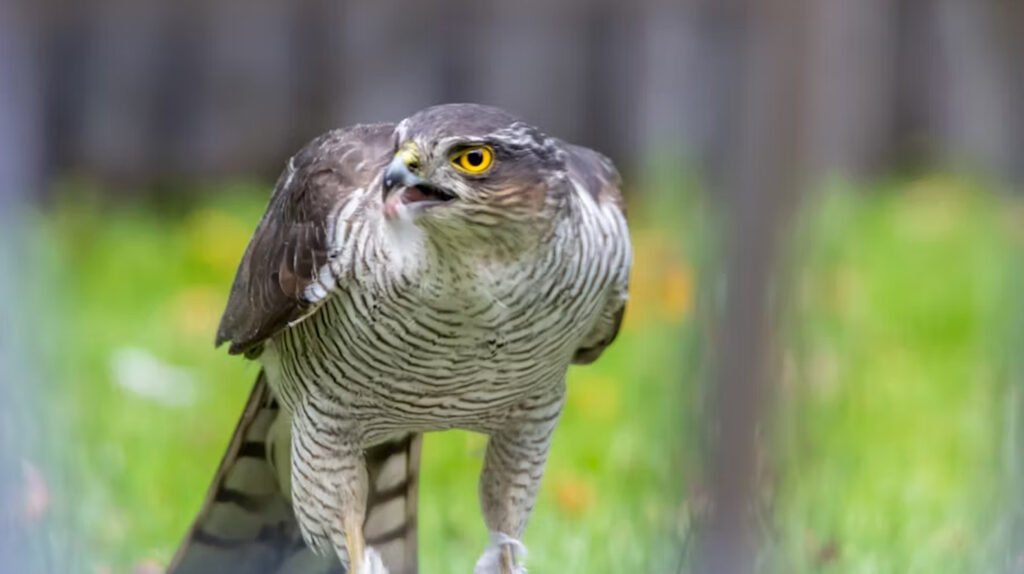“What’s one unexpected predator you’ve had to deal with in your backyard birding efforts? How did you manage this challenge, and what would you suggest to others facing similar issues?”
Local raccoon
One unexpected predator I had to deal with in my backyard birding efforts was a local raccoon that figured out how to raid the bird feeders at night. At first, I was frustrated as it was causing a lot of damage and stealing food meant for the birds. To manage this, I installed raccoon-proof bird feeders with metal cages around them, making it harder for the raccoons to access the food.
I also started bringing in the feeders at dusk, so they were less of a target after dark. This approach reduced the problem significantly. For others facing similar issues, I’d suggest setting up motion-activated lights or using natural deterrents like strong scents (e.g., predator urine) around the area. It’s all about being proactive and using the right barriers to protect your setup while still allowing birds to feed safely.
Nikita Sherbina, Co-Founder & CEO, AIScreen
Fishers
After moving from Virginia to Maine with our chickens, we realized we had to add fishers to our list of predators. Fortunately, the combination of a secure pen made of 1/2″ welded wire, flashing solar lights at night, wolf urine sprayed around the perimeter of the yard, and silver hawk tape hanging from branches along the tree line, we haven’t seen any signs of the fishers near the chicken coop. These same tactics work against coyotes abd and fox as well.
Lisa Steele, Author/blogger, Fresh Eggs Daily
A hawk
A hawk once swooped into my courtyard, seized a sunbird mid-flight—and forced me to reconsider everything I thought I understood about “peaceful” backyard bird-watching in Mexico City.
That was a bewildering experience. I enjoy smaller rituals, running RentMexicoCity.com, that help connect me—like drinking early morning coffee with finches and hummingbirds for company in the trees of my courtyard. But in an instant this oasis ceased to be such, and began to feel like a hunting ground.
Because, yes, red-tailed hawks are adapting quickly to urban life in areas of the city with more green rooftops, more courtyard gardens, like Condesa and Roma, and they’re being drawn to the area as a result. Our bird feeders? Weekend buffets.
So how did I handle this? I changed everything. First, I moved the feeders under more cover—more cascading bougainvillea, more dense ficus—to give the smaller birds more protection to think about. I began to shorten the time I fed the birds; I only put food out in the morning and reduced the risk of developing a pattern of prey birds for the hawk. The biggest change was my mindset; I was able to accept nature in urban contexts was that it is alive and not a postcard.
I tell my colleagues? Not only attract birds—but design for safe terrariums—avoid open spaces, get your neighbours thinking (especially if they have rooftop pets) and learn what predators are native to your area.
The hawk reminded me of the truth that no matter what the city is doing to it, wild will find its way again, even in the middle of an urban landscape.
Martin Weidemann, Owner, RentMexicoCity.com


